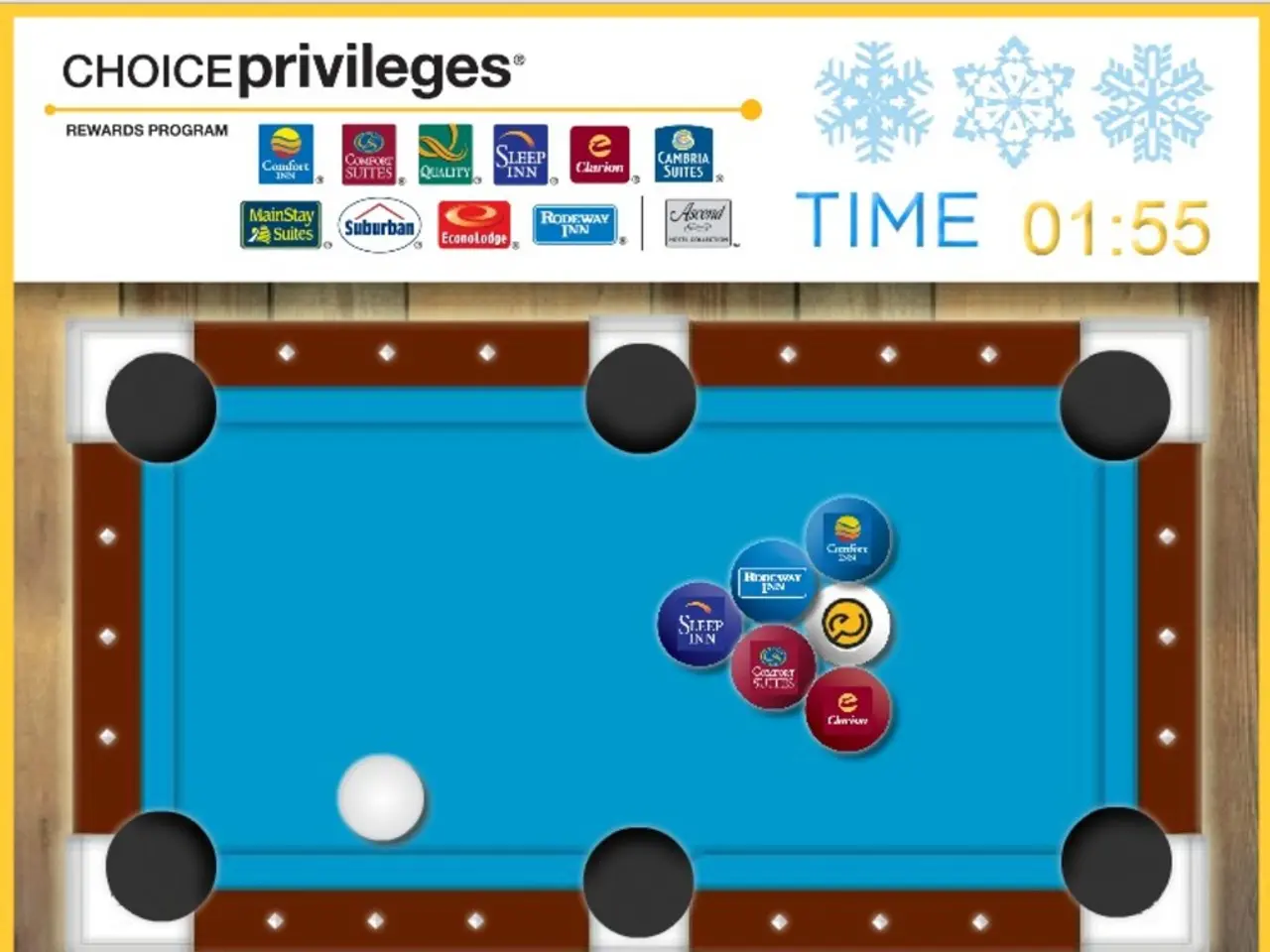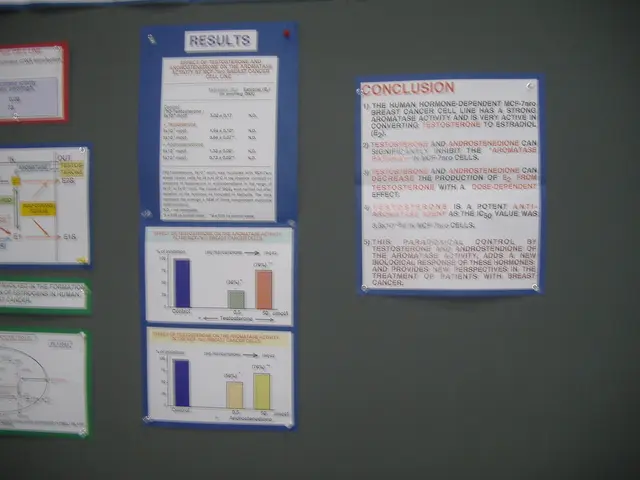Optimal strategy in poker, known as GTO, aids in determining the best possible decisions to make during gameplay, enhancing overall poker decision-making skills.
In the dynamic world of poker, making quick and accurate decisions is crucial for success. One strategy that has gained significant traction among players is the Game Theory Optimal (GTO) approach. GTO promotes simple decisions at the table by relying on a balanced and mathematically grounded approach.
The GTO strategy involves visualizing your entire range in a given situation, dividing it into groups of equal value, and deciding where your current hand fits. This balanced game uses different lines of play with appropriate frequencies, making opponents indifferent between calling or folding, effectively minimizing exploitable patterns.
However, the complexity lies in the preparation and strategy development stage. Building a GTO strategy involves complex analysis, simulation, and computation of balanced ranges, bet sizes, and action frequencies. This work is usually done before the game, sometimes assisted by solvers or AI tools that analyze millions of possible outcomes to produce the optimal strategies.
Once the GTO strategy is developed, the decision-making process becomes straightforward. Players follow this pre-established strategy, knowing the correct actions to take without needing to recalculate odds or second-guess decisions in real time.
In practice, the Hero, in our example, makes it to the turn with the same range they limped with on the preflop. The Hero will check with approximately 70% of their remaining hands. The Hero's hand is too weak for a value check-raise and too strong for a bluff check-raise. When playing against weaker opponents, exploiting their mistakes more often is beneficial.
When playing against a more experienced opponent, adjusting to their play style becomes crucial. For instance, against a BB who raises most hands that have more than 50% equity against the Hero's range when limping, the Hero's strategy is to bet on the flop after BB checks on the preflop.
It's important to note that GTO cannot solve all situations and make absolutely accurate decisions in the game. However, it provides a framework that makes in-game decisions simpler and mathematically justified. The correct decision in a given situation is often reached through a process of elimination.
In conclusion, GTO strategy requires significant upfront work to determine balanced frequencies and ranges. Once developed, GTO provides a framework that makes in-game decisions simpler and mathematically justified. Playing GTO means following this optimal plan, preventing opponents from gaining an edge. Simplified in-game decisions occur because the player no longer guesses but applies the optimal mixed strategy derived from the extensive preparation phase. GTO helps in making simple decisions in poker, promoting a disciplined and thoughtful approach to the game.
What strategies do players utilize to make quick and accurate decisions in the world of poker, especially in games like poker? The strategy of Game Theory Optimal (GTO) has gained significant traction among players, as it promotes simplified decisions at the table by relying on a balanced and mathematically grounded approach, even in trends of casino-and-gambling and casino-games. This approach involves visualizing your entire range in a given situation, dividing it into groups of equal value, and deciding where your current hand fits, while minimizing exploitable patterns in gambling.




